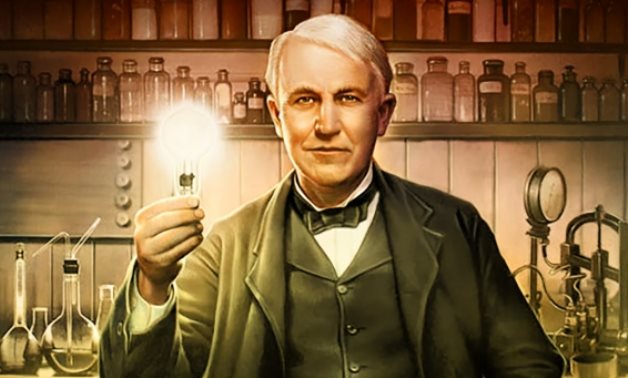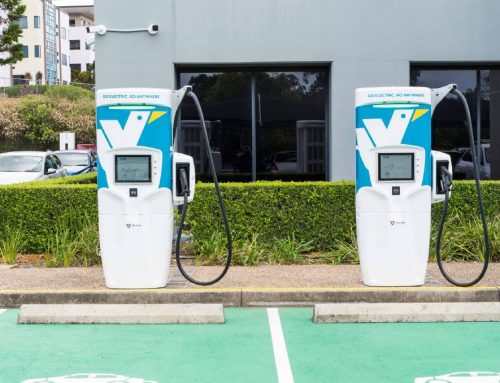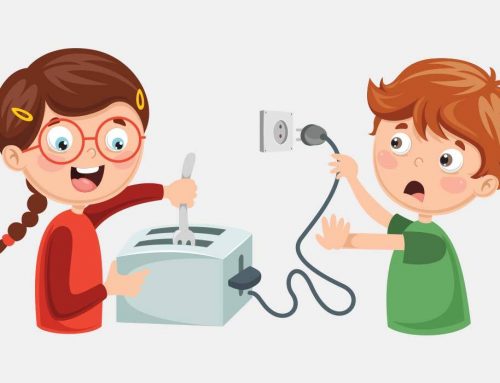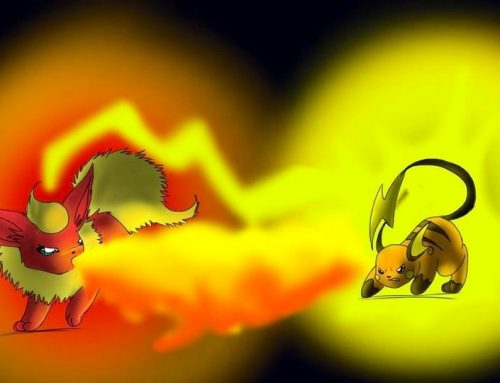Yes, Thomas Edison was the greatest electrician in history. The inventor of the incandescent light bulb was a technician first and foremost, rather than a theorist. Edison was passionate about practical applications of scientific discoveries like electric light. Arc lighting already existed in the late nineteenth century for use in public spaces like parks. It was too intense, however, for domestic lighting and many people didn’t like it per se. Thomas Edison didn’t invent electric lighting but he massively improved its application in homes and cities around America in the 1880s via his light bulb and direct current (DC) power delivery system. He was a bright spark in the firmament of the electrification of all of our lives.
The Edison Electric Light Company Switches On Modern Life
Thomas Edison formed the Edison Electric Light Company, which would eventually become General Electric. Like many good electricians Edison was interested in the application of his inventions and technical prowess. It was never enough just to come up with great ideas. When his company lit a whole square mile block in New York City for the first time in 1882 it changed the world forever more. Think of night time cityscapes with their skyscrapers and bridges lit like nothing the world had ever seen before. Prior to this cities were predominantly dimly lit by gas light and urban life was a darker affair indeed.
ACDC: The Current Wars Powering Up Electric Life
Most of us know what an electric shock is, whether by personal experience or repeated parental warnings whilst growing up. AC or alternating current causes far more dangerous electric shocks to human beings. Thomas Edison used DC or direct current to power his lighting installations. DC is used in defibrillators when shocking hearts back into action. The advantage of AC power is that it can travel over much longer distances than DC power. Economically, AC won the current wars and our power lines today carry AC across our cities and into our homes and workplaces. Edison would lose this battle after running a fierce publicity campaign against AC, which included electric chairs frying condemned murderers with AC power. Regarded as the greatest electrician in history:, Thomas Edison was a passionate advocate for his work.
Edison: Record Inventor Rather Than Breaker
Thomas Edison didn’t just invent the incandescent light bulb and the early power stations lighting cities. He, also, like the technical genius he was, invented the phonograph in 1877. This device captured recorded sound on tinfoil wrapped around a cylinder. To the general public it was like magic hearing the recorded human voice for the very first time. They called Edison “The Wizard of Menlo Park”, Menlo Park was where his workshop was located in New Jersey. The phonograph would become what we know as the ‘record player’. Rolls of tin foil became rolls of wax coated cardboard before eventually morphing into flat discs we called records.
Moving Picture Maestro Thomas Edison
The greatest electrician in history didn’t stop there. Oh no, Edison invented a motion picture camera, he called the ‘Kinetograph’. In fact, Thomas Edison’s film studio made some 1, 200 movies. These mainly short films captured the action involving acrobats and other motion rich scenes to the astonishment of audiences around the world. The ‘Kinetoscope’, another invention, projected these moving pictures onto screens in cinemas in America and Europe. Popular culture, via music and movies, owe Thomas Edison a huge debt of gratitude.
Edison & X-Ray Eyes
Mister Edison didn’t stop there, this ubermensch electrician also invented the ‘fluoroscope’. This was a device that utilised X-rays to take radiographs. Health imaging owes Edison as well and it nearly cost Edison his eyesight because of radiation poisoning during the invention process. It cost Edison’s assistant, Clarence Daily his life at age 39, as he died from mediastinal cancer from exposure to X-ray radiation. Thomas Edison, would say in 1903, “Don’t talk to me about X-rays, I am afraid of them.” Remember that next time you get your X-ray at the dentist or doctor.
Thomas Edison learned about electricity through his work as a telegraph operator – this was the forerunner to the telephone. Telegrams were how folks communicated over long distances prior to the advent of Alexander Graham Bell’s telephone. Edison would invent the ‘stock ticker’ that early device you see in movies about rich people buying and selling shares and stock in the nineteenth century. The ticker tape or stock ticker would be in use from 1870 to 1970 in some shape or form.
Edison would hang out with another world changer and crazy white guy, Henry Ford, both would invent machines and improve upon them for the betterment of humanity. Both would be idolised by the media and turned into American icons. The hype surrounding Edison and Ford likely warped these technical geniuses. They used to go motor camping together from 1914 to 1924. Ford worked for Edison in his early years as an engineer at the Edison Illuminating Company of Detroit. Edison and Ford were both largely self-taught and self-made men who achieved enormous wealth. They were seen as two of the leading lights who made America great. Thomas Edison died from complications with his diabetes in 1931.
The greatest electrician in history: Thomas Edison was sure one bright spark.










